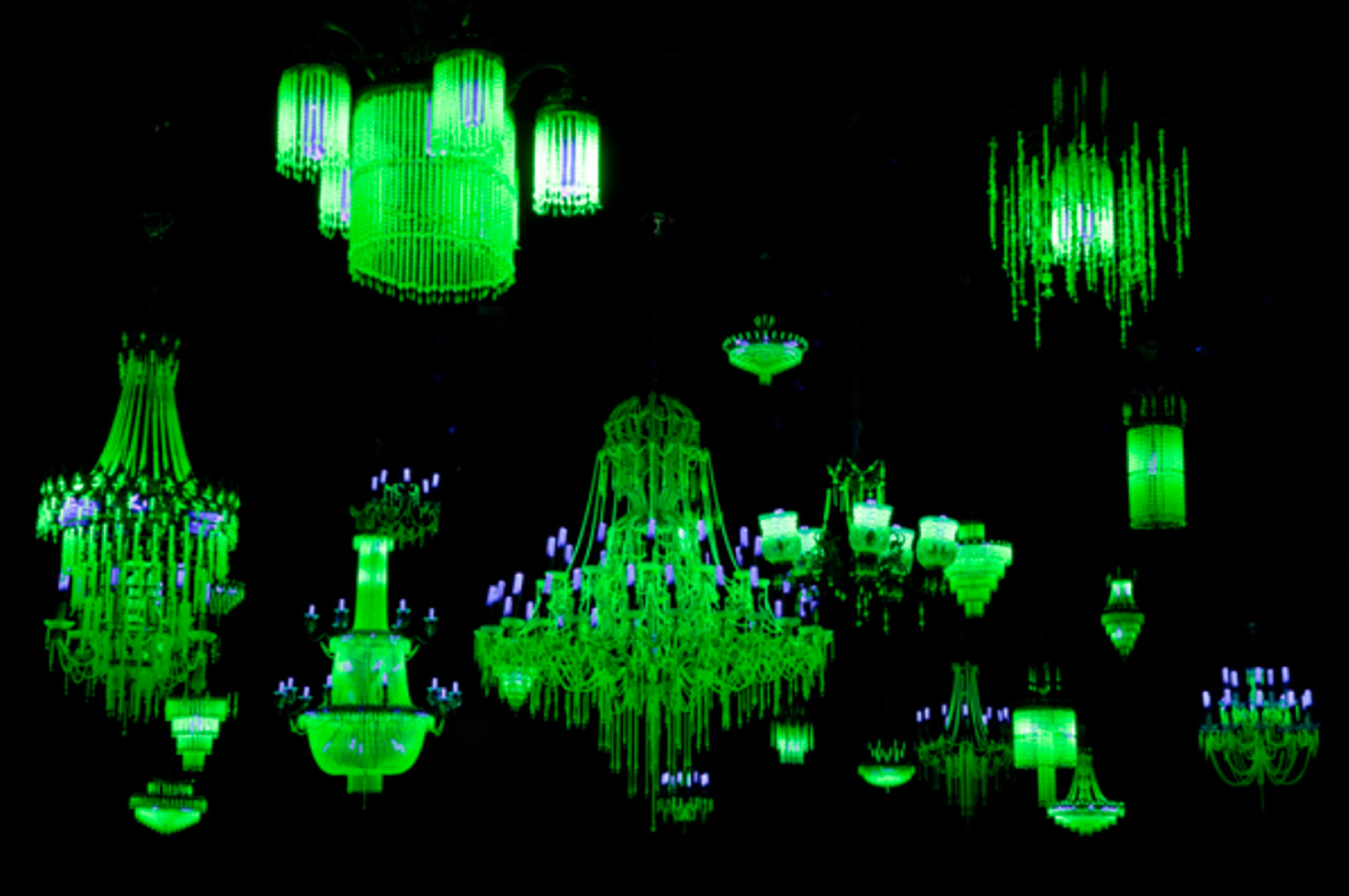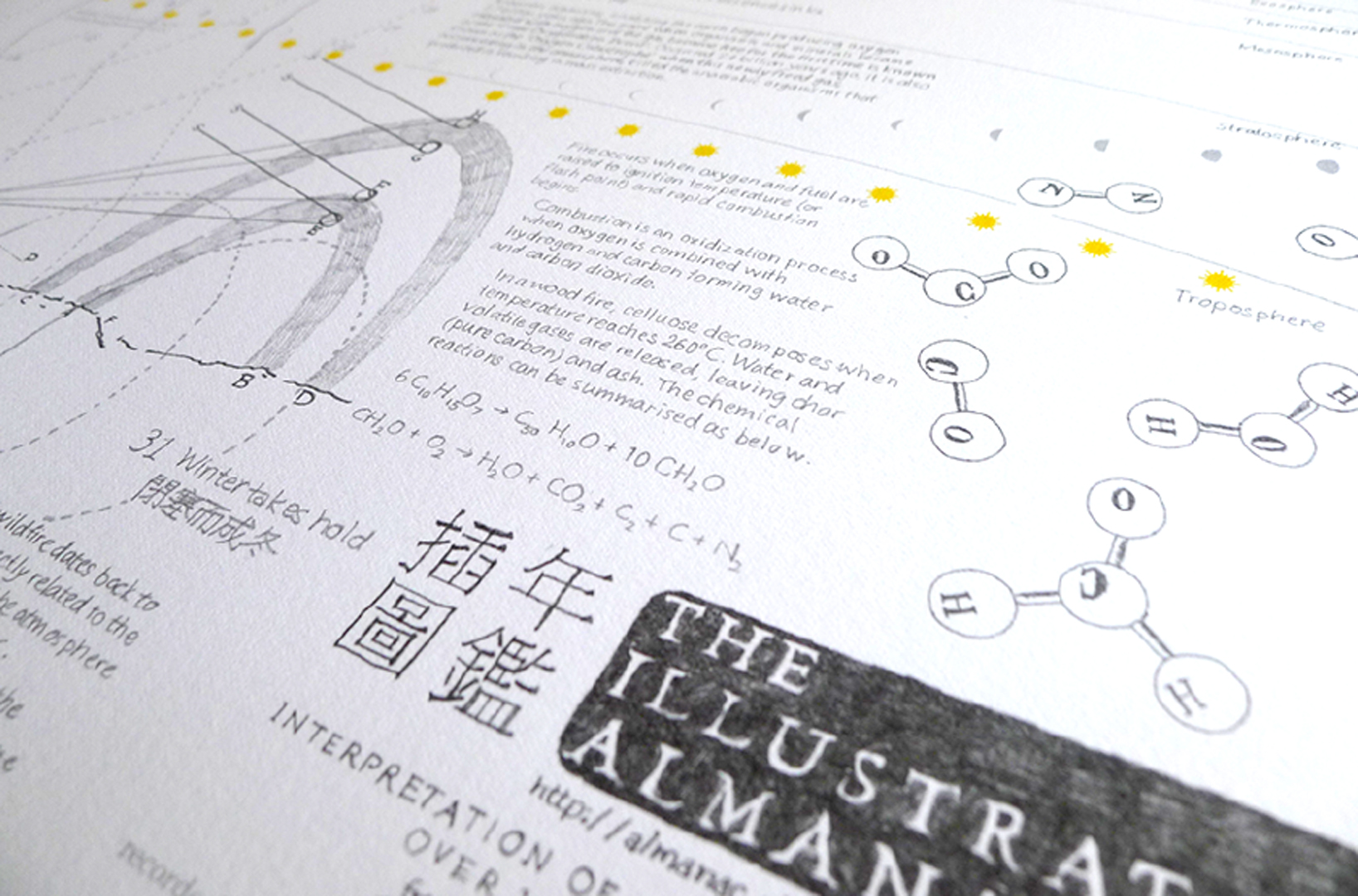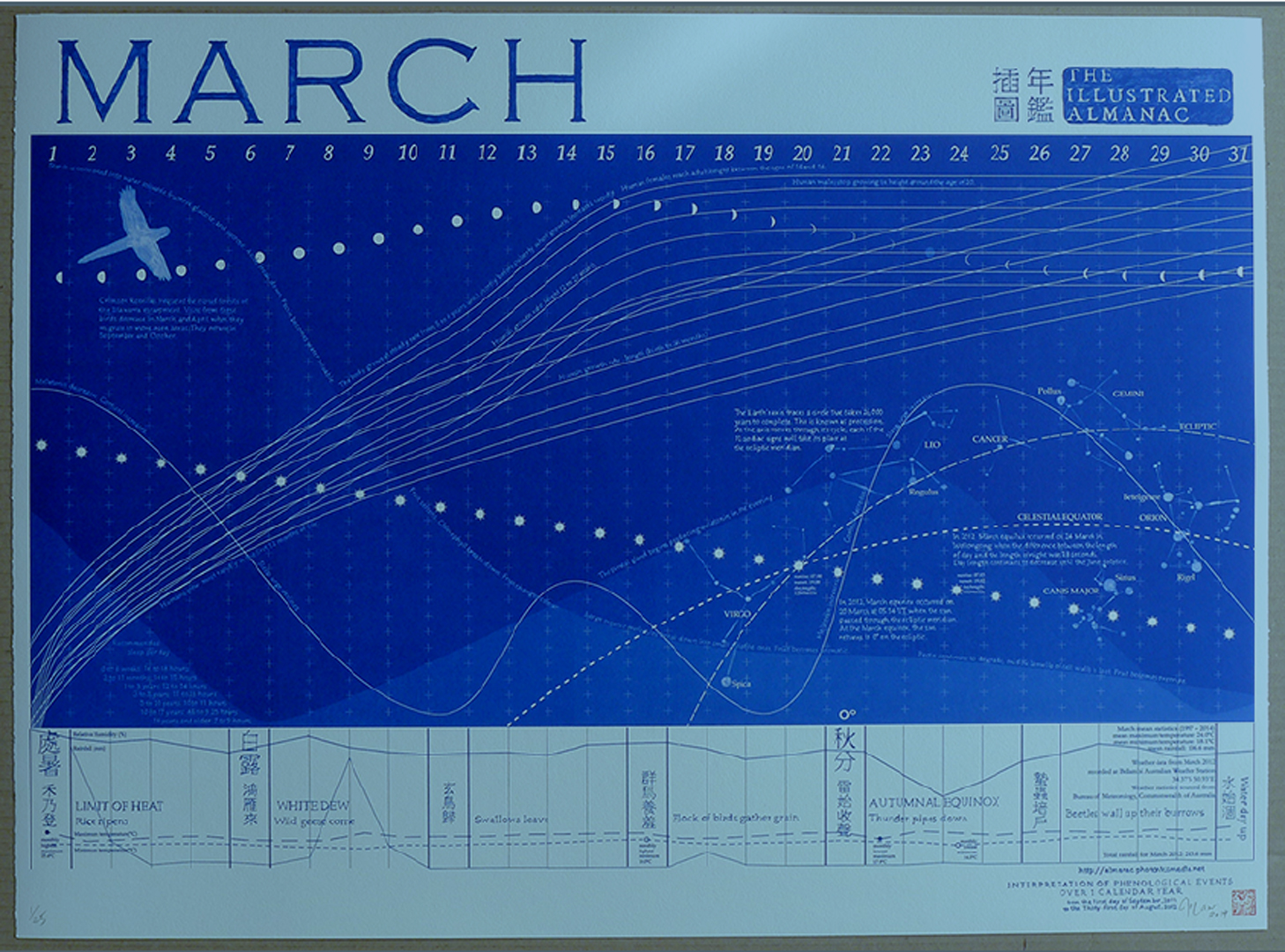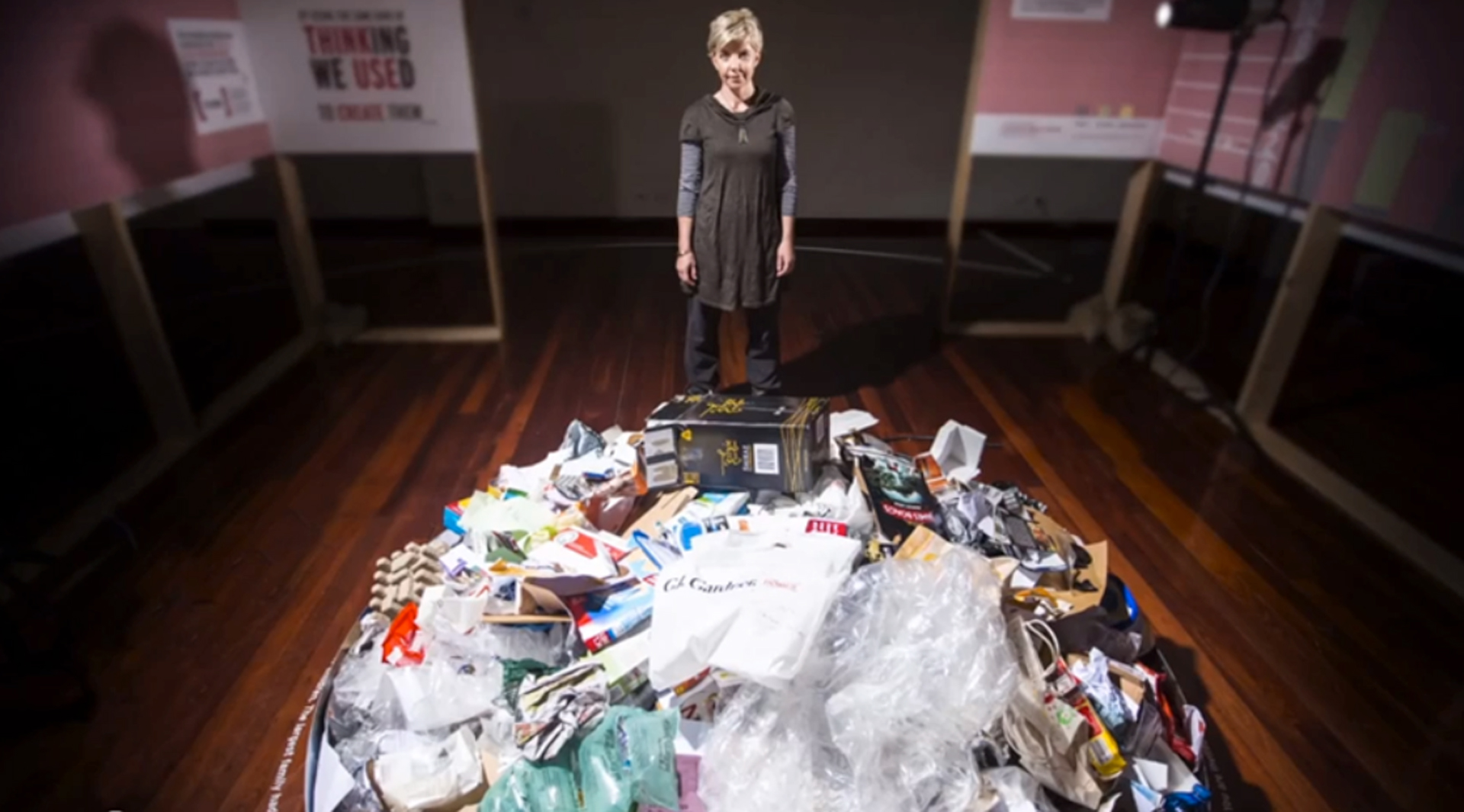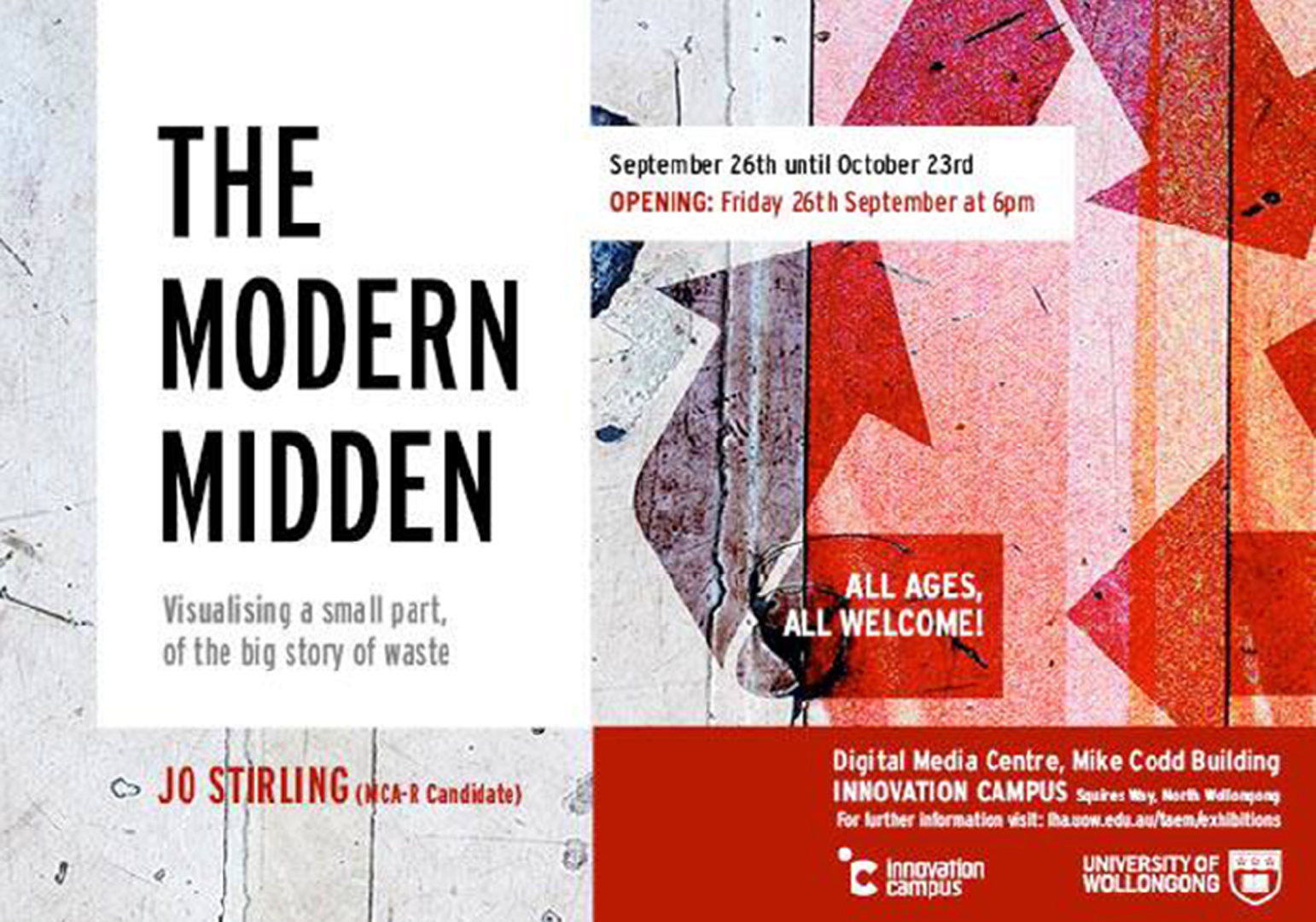Data Natures: The Politics and Aesthetics of Prediction
Symposium:
- ISEA2016: 22nd International Symposium on Electronic Art
-
More presentations from ISEA2016:


Presentation Title:
- Data Natures: The Politics and Aesthetics of Prediction
Presenter(s):
Abstract:
The 1755 Lisbon earthquake was a cultural revolution that established an intimate relationship between data and nature. This panel examines how data has been increasingly perceived as an analogue of nature, capable of figuring its shape. The panel converges on this conflation by examining the politics and aesthetics of prediction, arguing that both data and nature are variable. Although, data cannot be used to make precise predictions—such is the nature of nature, which precludes such figuring—data is one currency through which we might predict environments. Yet, if data is not nature expressed systematically, then what is data? Data both makes sense and generates sense by conjuring patterns in amassed signals; prediction then is a way of guessing where the next point will fall in an identified pattern. The panel presents four case studies that (re)frame this relationship of data natures. The individual position papers locate scenarios in the internet of things, radiation ecologies, interactions with waste, and the collection of weather data by citizen science in order to explore the aesthetics of data and nature based on instability and variability. In these events, data and nature are shown to be transformative and forever unpredictable.
Individual presentations
Susan Ballard – The Radioactive Ecologies of Ken and Julia Yonitani
IntroAny discussion of nature is inextricably linked to the data politics of environmental catastrophe. After the 2011 Tōhoku Earthquake and tsunami it seemed that no amount of data or statistics could ever encapsulate the true ecological impact of the most powerful earthquake to hit Japan in recorded history. Thinking about art in this context offers an imaginative and real space in which people can process the horror of abrupt disasters such as this. An understanding of the aesthetic energies of nature and their entanglement with the scalar forces of nature is the stepping off point for Japanese-Australian artists.
Jo Law – The Study of Things in the Air
IntroMeteoros are things in the air like clouds, fog, mists, rain, snow, thunderstorms, rainbows, air pressure, humidity, and wind directions. The study of these things also looks to elements from beneath and phenomena from beyond. The interactions between these things are continually changing and inherently unpredictable.
Teodor Mitew – Object Hierophanies and the Mode of Anticipation
IntroThe Internet of Things (IoT) involves physical objects monitoring their immediate environments through a variety of sensors, transmitting the acquired data to remote networks, and initiating actions based on embedded algorithms and feedback loops. The data in these loops makes its journey to an obfuscated proprietary taxonomy of corporate server farms and returns to the situated object as a transcendental revealation of an opaque order impenetrable to human interlocutors. [9] This case study argues that in effect the nature of an IoT enabled object appears as the receptacle of an exterior force that differentiates it from its milieu and gives it meaning and value in unpredictable ways.
Jo Stirling – The Modern Midden
IntroThe Modern Midden, a small part of the big story of waste (2015) is an immersive visual data story that engages with waste generation and disposal in Australia. The project questions a reliance on landfill as a final destination for waste disposal and this being the predominant and relied upon solution.

